Would you like to play Nintendo Entertainment System, Super Nintendo, SEGA and Gameboy games on your TV? Turning a Raspberry Pi into a retro game console emulator will allow you to do just that. Using the RetroPie project we will make your Raspberry Pi play Nintendo, Super Nintendo, SEGA Genesis, SEGA Master System and even arcade games such a PacMan or Donkey Kong.
Prerequisites
To get started you’ll need a Raspberry Pi, a screen connected to it, a keyboard, and most importantly some controllers – remember to buy two so you can play with your friends.
The full list of things we’ll need is:
- Raspberry Pi – for the best performance use the Raspberry Pi 5
- Power supply
- SD Card
- Micro HDMI to HDMI Cable
- Monitor (or you can just use your TV with HDMI input)
- USB Keyboard
- Gamepads / Controllers – I suggest you get a couple of game pads that emulate the look and feel of your favorite system that you want to emulate here are some pointers:
- If you’re not sure which one to get I can recommend the USB Xbox controller as a good all round controller
Initial Installation
Instead of starting from scratch with an empty Raspbian image and installing emulators one by one we are going to use a fantastic project called RetroPie. The RetroPie project lets you download a Raspberry Pi image that comes with the pre-loaded emulators cores and a slick interface. It will come with emulators for: NES, SNES, Genesis, Amiga, MAME (for arcade games) and many others. Those that are not pre-loaded you can find and install through the easy to use menu system.
Now to get started head over to the RetroPie download page and click the button download the version for Raspberry 2/3.
Once downloaded, extract the image and load it on to a SD card using win32diskimager:
Now connect your Raspberry Pi to the your TV, keyboard, favorite controller and WiFi dongle (if Raspberry 2) and power it up.
First Boot
On your first boot you will see the regular Raspberry boot sequence and the RetroPie logo. RetroPie will initialize and expand the file system as well as initialize it self, this will take a little while (5+ minutes) so have patience.
Once its done you’ll see the welcome screen below:
If you don’t see the welcome screen and instead see “Illegal Instruction” and it boots into the terminal its likely because you picked the wrong image during the download step. Go back and download the correct image for your Raspberry Pi 1 or 2/3.
Now go through the setup steps for your controller as instructed on the welcome screen.
Use the following diagram as a button reference if needed:
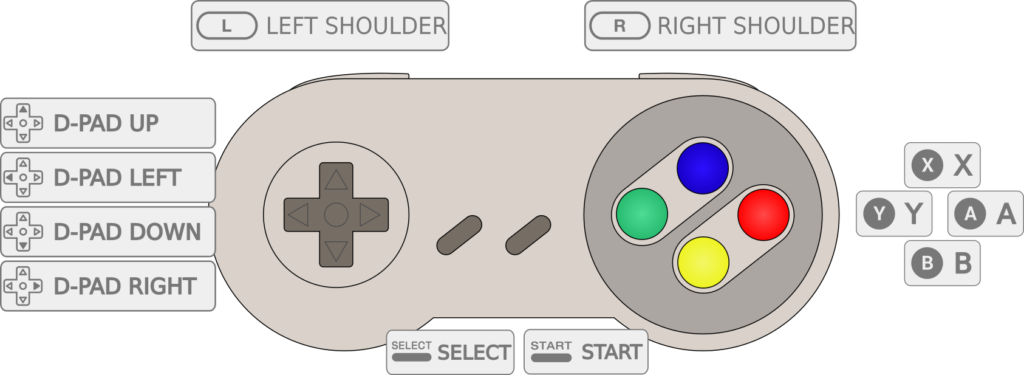
Controller Reference RetroPie (source: https://github.com/retropie/retropie-setup/wiki/First-Installation)
Once you’re done setting up your controller you’ll see the emulation station setup screen. You can exit this screen by pressing B on your controller at anytime and get back to setup screen by pressing start.
If you exit the screen you’ll get to the main RetroPie interface you navigate between emulator by using left and right on your d-pad. You’ll notice there are no emulators available right now.
To get emulators to show up we need to load some games (ROMs) on to your RetroPie. To do that we need to setup a WiFi or wired network connection.
WiFi Setup
To setup WiFi go the RetroPie configuration screen and press A. You’ll now be taken to the configuration interface below:
Select the WiFi option and use your keyword to navigate through the configuration screens to select your network and setup your network key.
Once connected you can go back to the RetroPie interface by selecting exit (use tab to navigate the options). To verify you’re connected you can select the “Show IP” option, it should show you the local IP address of your RetroPie on your network.
The RetroPie configuration screen can also be used to change themes, setup connections to BlueTooth devices etc.
Additional Controller Setup
If you ever want to reconfigure your controller or configure a new controller to enable two player play you can press the start button of the currently connected controller and select the Configure Input option. This will take you through the controller configuration guide again allowing you to setup the controller / gamepad.
Transferring ROMs
Now that we have the Raspberry Pi installed, our controllers setup and WiFi configured its time to add games so we can start playing.
Due to varying copyright restrictions and IP laws RetroPie cannot be distributed with pre-loaded ROMs, instead you’ll have to go out and find your own ROMs. You can do this by ripping your old cartridges – or if you do some googling you may also just stumble upon your favorite game.
Once you have the ROMs downloaded to your laptop you’ll need to transfer them to your RetroPie.
From Windows this can easily be done using the built-in Samba share on the RetroPie Raspberry Pi.
Open a file explorer in Windows and go to:
\\retropie
If Windows asks for a username and password use:
- Username: pi
- Password: raspberry
On the file share open the roms folder find the emulator you want to use and load games (ROMs) into the directory.
On MAC you can open finder and select “Connect to Server” from the “Go” menu – type in smb://retropie and click the connect button.
Once you have loaded the games into the roms folder – reboot the system by pressing start selecting quit and select the restart system option.
The very last step
Now wait for your RetroPie to boot up again, press the d-pad left and right to check the emulators are now loaded into the interface, let nostalgia take over and play your favorite games.
Go save that princess…
How to exit out of a game?
Now you’ve booted up your favorite game, played for a few hours and want to play something else… how do you exit out of a game? simply press select and start at the same time this will take you back to the RetroPie setup screen.
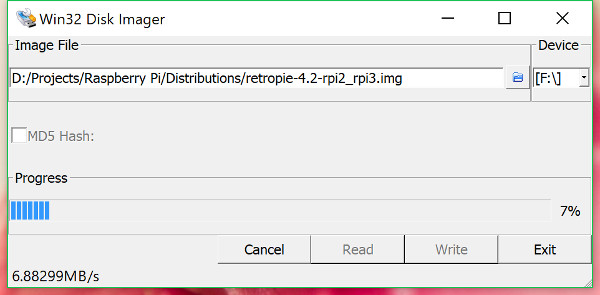

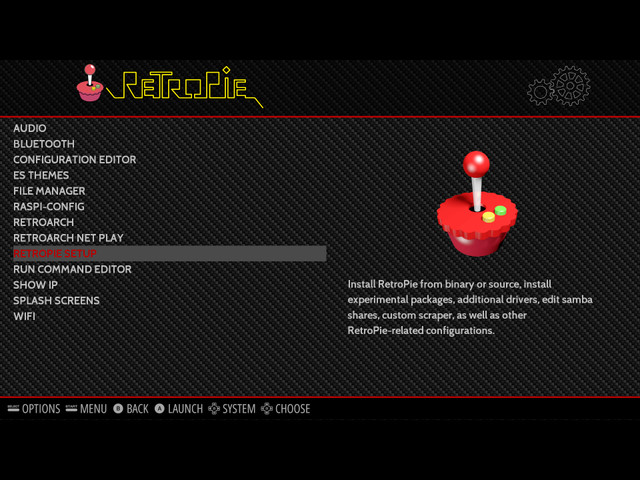
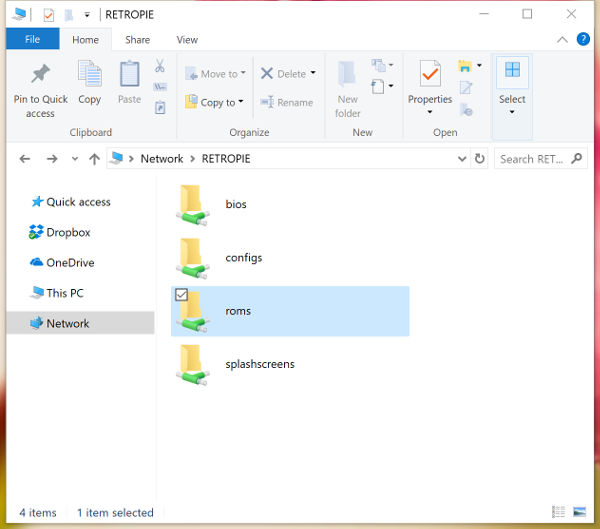
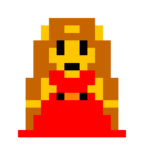
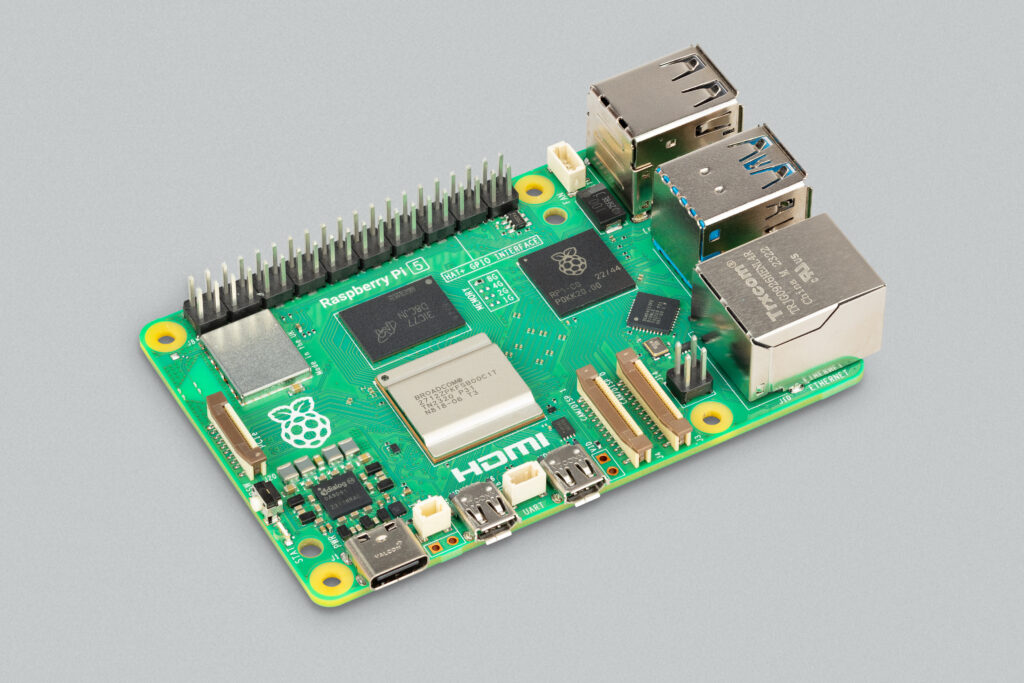
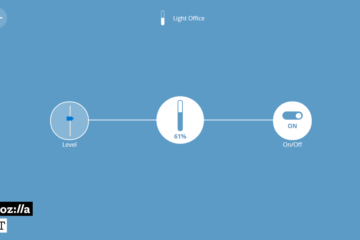

1 Comment
How-To: Change libretro emulator cores in RetroPie (Emulationstation) | Raspberry Pi HQ · May 13, 2017 at 12:44 pm
[…] its incredibly simple to create a Game Console Emulator using the Raspberry Pi (how-to here). RetroPie will play everything from Gameboy to Super Nintendo to Sega Genesis games. Unfortunately […]
Comments are closed.